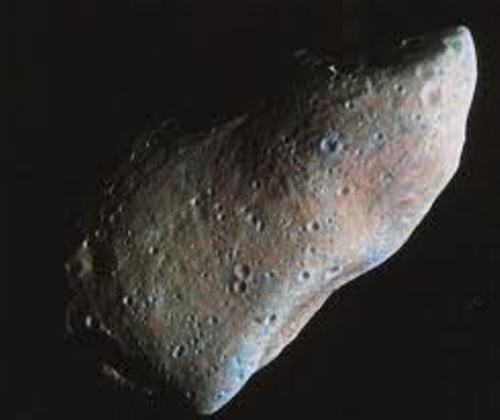

#Size of meteoroid series#
A series of many meteors appearing seconds or minutes apart, and appearing to originate from the same fixed point in the sky, is called a meteor shower. The visible streak of light from space debris is the result of heat as it enters a planet's atmosphere, and the trail of glowing particles that it sheds in its wake is called a meteor, or colloquially a "shooting star" or "falling star". Most are fragments from comets or asteroids, while others are collision impact debris ejected from bodies such as the Moon or Mars. Meteoroids are significantly smaller than asteroids, and range in size from small grains to 1 meter-wide objects. Have been associated with catastrophic events, including mass extinction of plant and animal species.Meteoroid, Meteors, and Meteorites - CrystalinksĪ meteoroid is a small rocky or metallic body travelling through space. The impact of very large meteoroid can produce a large impact crater. This is why meteorite specimens are exceedingly rare. A small fraction of these are discovered by humans and identified as Larger than marbles are thought to reach Earth's surface each year. Rarely, a meteoroid large enough to be witnessed falls all the way to Earth. These meteorites are the size of a dust particle or sand grain. A meteoroid that survives the fall and lands on Earth'sĮach day Earth is believed to gain over 1000 tons of mass from the infall of tiny meteorites. However, some are large enough to fall all the way to Earth's surface. Most meteoroids are so small that they do not survive their fall through Earth's atmosphere and are completely vaporized. The large size of fireball meteoroids gives them a much higher chance of surviving their fall through the atmosphere and striking Earth's surface. Some fireballs produce an audible noise, some shed smaller meteors, some are accompanied by sonic booms, and some leave a trail that remains visible for several minutes after passing. The video above shows an excellent example of a "fireball". When fireballs occur over populated areas, they can generate a large amount of attention. This exceptional brightness is usually a result of a large meteoroid - possibly a few meters in diameter upon entering Earth's atmosphere. To be considered a fireball, the meteor must be at least as bright as Venus. Meteor shower will occur, consult the Meteor Shower Calendar.Ī fireball is an unusually large and bright meteor.

During a particularly good shower, hundreds of meteors can be seen per hour. WhenĮarth's orbit crosses the comet's orbit, many particles of comet debris collide with Earth's atmosphere, producing These particles are scattered through the orbit path of that comet. These showers occur whenĮarth, on its orbit around the sun, moves through a stream of comet debris. However, there are about a dozen times each year whenĪn exceptional number of meteors can be seen. You have a chance of seeing a meteor on any clear night. On the side of the Earth that is plowing into the dust. This is why there are often more visible meteors after midnight - you are then Note how the morning side of Earth will plow into the dust,īut the evening side will be somewhat shielded. In thisĭiagram, you are looking down onto the Earth's North Pole. When to see meteors: Simplified diagram of Earth approaching a comet's dust trail. That travel through space and collide with Earth's atmosphere. Most meteoroids that enter Earth's atmosphere are tiny particles of comets, asteroids, Mars, or Moon Our own solar system rather than from interstellar space. Of space debris are collectively referred to as "meteoroids." Millions of meteoroids enter Earth's atmosphere every day. The streak that we call a meteor is a trail of glowing vapor produced when a small particle of space debris enters Earth's atmosphere.

The photo at right shows a meteor in the sky over Quebec, Canada on an early November morning. These streaks of light are commonly called "shooting stars" or "falling stars." Although they are most often seen at night,Įspecially bright meteors can be seen during daylight.

They typically occur and disappear so quickly that you wonder Meteors are most often seen as a very brief streak of light in the night sky.


 0 kommentar(er)
0 kommentar(er)
